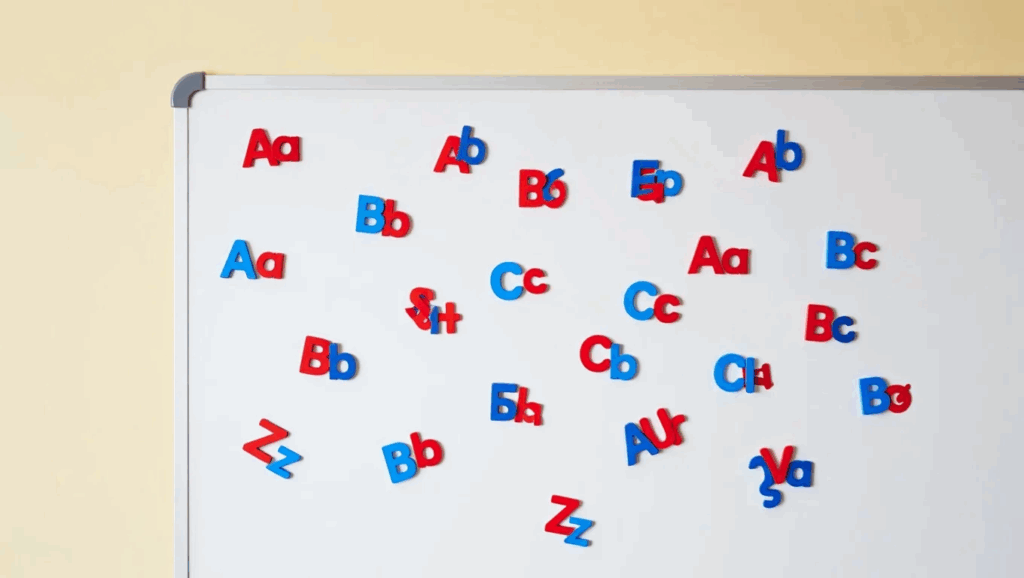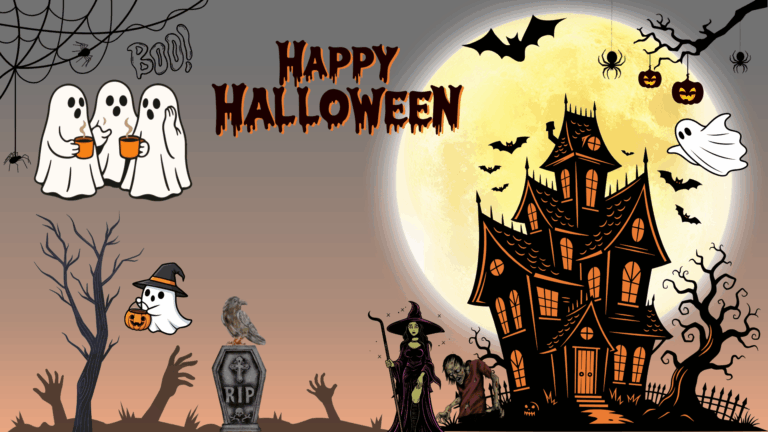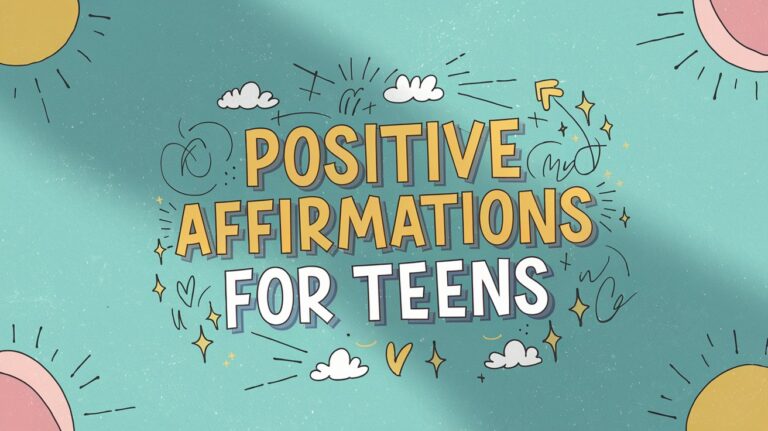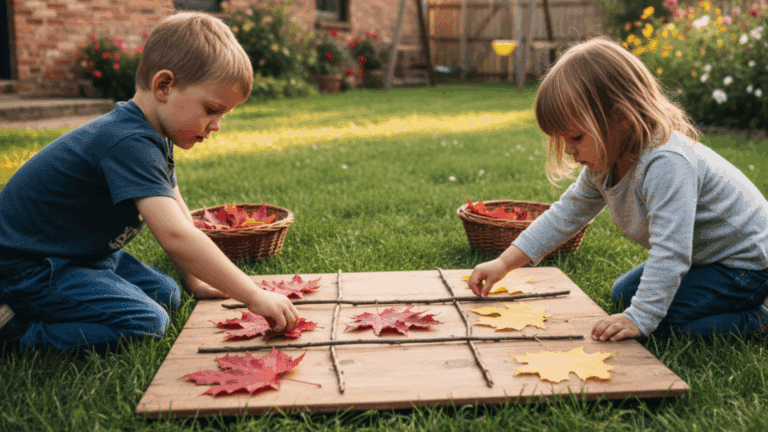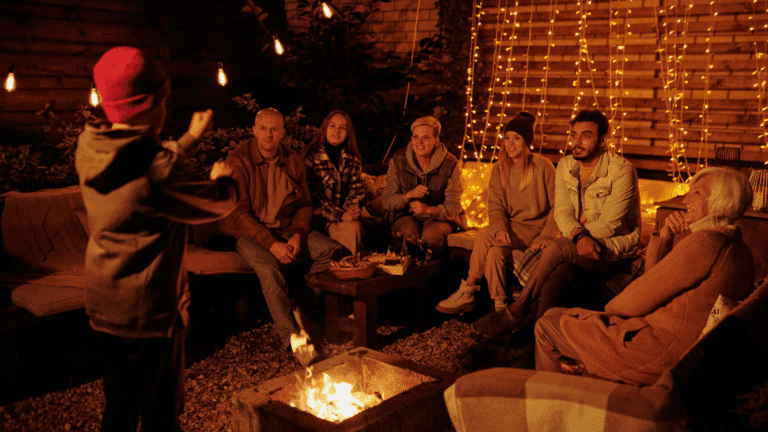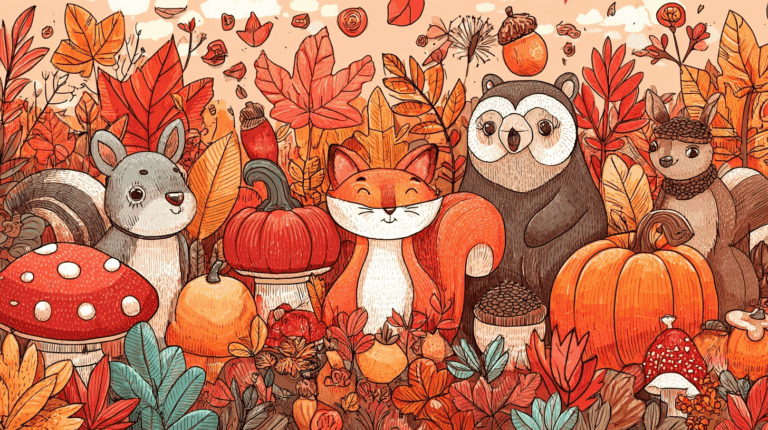Early literacy skills can make or break a child’s reading success in later years.
A well-designed matching letters worksheet gives young learners the perfect stepping stone between recognizing letters and actually reading words.
These printable resources work beautifully in both classroom settings and home learning environments, offering age-appropriate challenges that keep Pre-K and Kindergarten children engaged.
Let’s find out how these simple yet powerful tools can support early learners.
How Matching Letters Worksheets Help Strengthen Early Literacy?
Matching letters worksheets are simple learning tools where children connect uppercase letters to lowercase letters, or match identical letters in different formats. These printable activities help young learners practice visual discrimination while building letter recognition skills.
Key Benefits:
- Letter Recognition: Children learn to identify letters in various fonts and sizes
- Fine Motor Development: Tracing and drawing lines strengthens hand muscles needed for writing
- Phonemic Awareness: Students begin connecting letter shapes with their sounds
Effective Usage Tips:
Teachers and parents can laminate worksheets for repeated use with dry-erase markers. Small group activities work better than individual practice, as children learn from peer interactions.
Pairing these worksheets with letter songs or alphabet chants reinforces learning through multiple senses.
Core Printable Worksheets for Letter Recognition
These foundational matching letters worksheet introduce kids to the world of letters through imaginative themes and hands-on prompts.
1. Animals to Letter Match
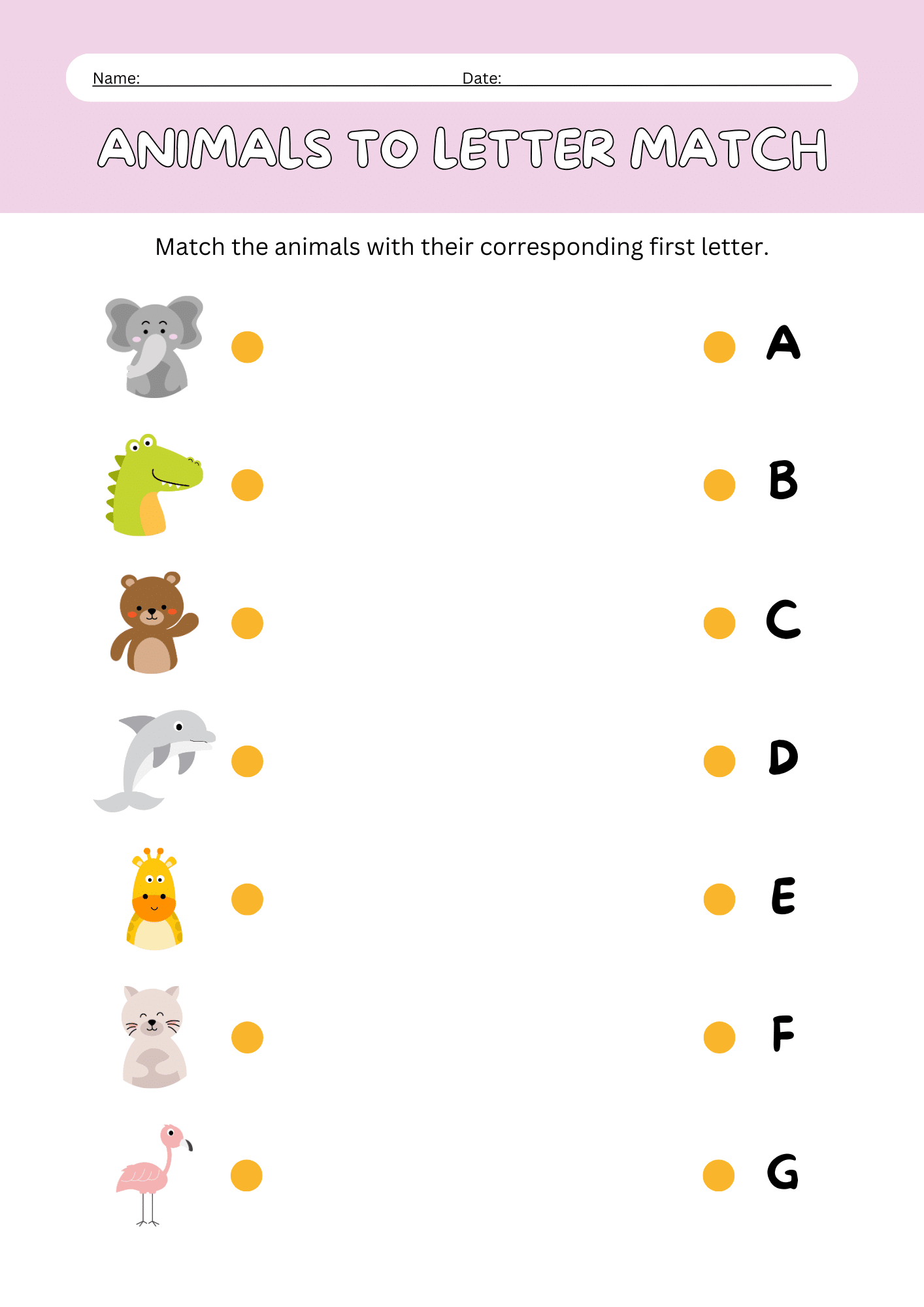
This worksheet invites children to match each uppercase letter with a charming animal that begins with the same letter, like A for Alligator or B for Bear. It transforms learning into a mini-zoo adventure.
How to Play: Encourage little learners to use their imagination and pretend they’re zookeepers assigning letters to animals. Great for storytelling and animal sounds!
📎 Download Animals to Letter Match Worksheet (PDF)
2. Whose Name Starts With

Kids match letters to pictures of children or everyday items that begin with that letter, like L for Liam or B for Ball. It’s a fun way to connect letters with names and familiar objects.
How to Play: Pretend it’s a guessing game—“Who could this letter belong to?” Use name cards or classroom photos for added engagement.
📎 Download Whose Name Starts With Worksheet (PDF)
3. Line to Pictures

Children draw a line from each letter to the picture that starts with that letter’s sound. For example, draw a line from S to Sun or D to Dog. It’s great for strengthening hand-eye coordination and letter association.
How to Play: Make it a race against the clock or sing the ABCs as kids draw their lines—boosts both motor skills and auditory recall.
📎 Download Line to Pictures Worksheet (PDF)
4. Animals and Their Names
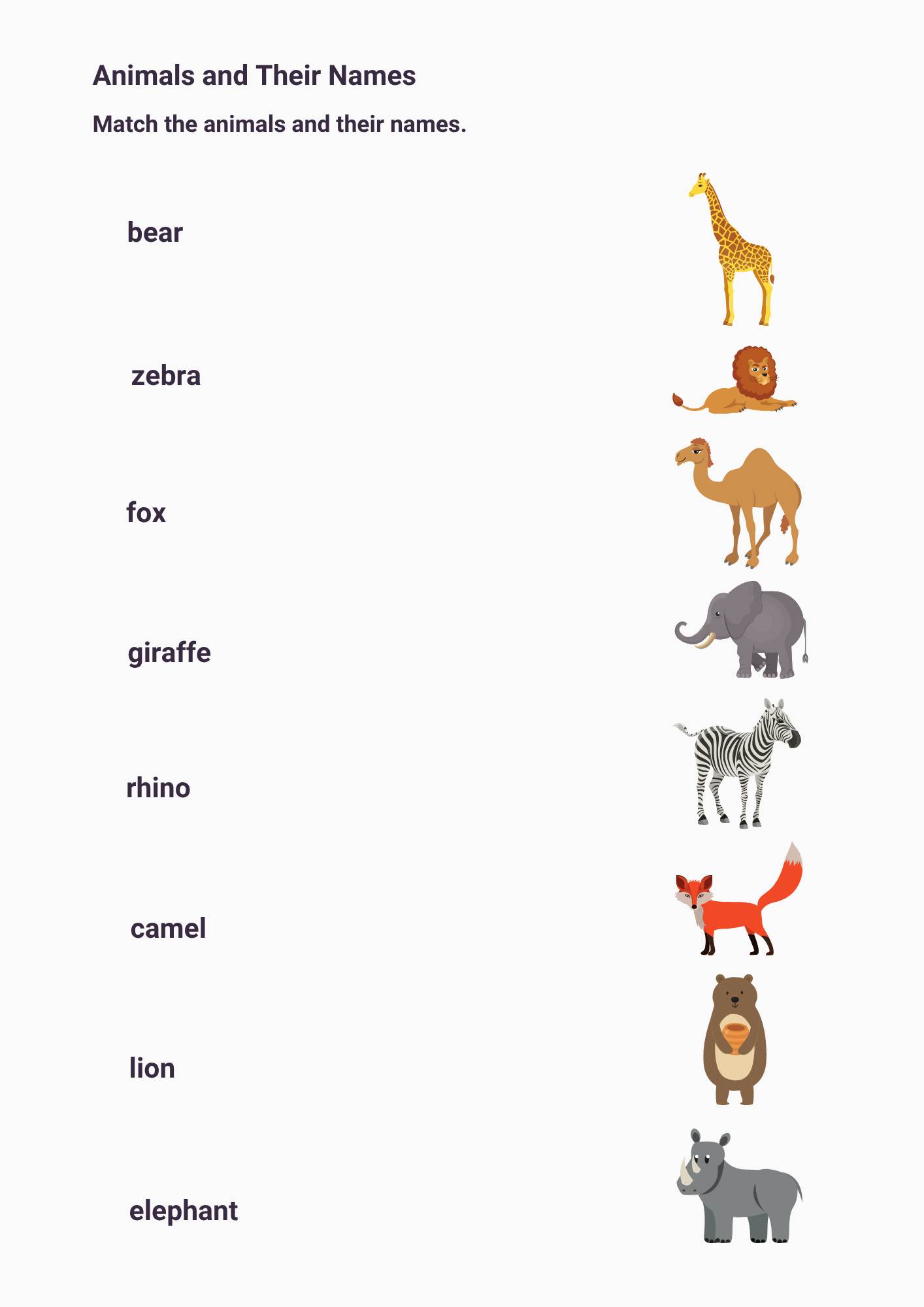
Learners match animals to their full names or first letters. Whether it’s “Elephant” matched to E or seeing the name spelled out, this worksheet strengthens decoding skills while reinforcing letter sounds.
How to Play: Pretend it’s an animal rescue—can your little explorer label each animal correctly to send them home?
📎 Download Animals and Their Names Worksheet (PDF)
5. Upper to Lowercase Match

This classic worksheet lets children pair uppercase letters with their lowercase versions. It’s a must-have for reinforcing recognition of both forms, especially as kids begin reading books with mixed-case text.
How to Play: Imagine capital letters are older siblings and lowercase ones are their younger twins—kids get to match each family pair!
📎Download Upper to Lowercase Match Worksheet (PDF)
6. Match Lowercase Letters
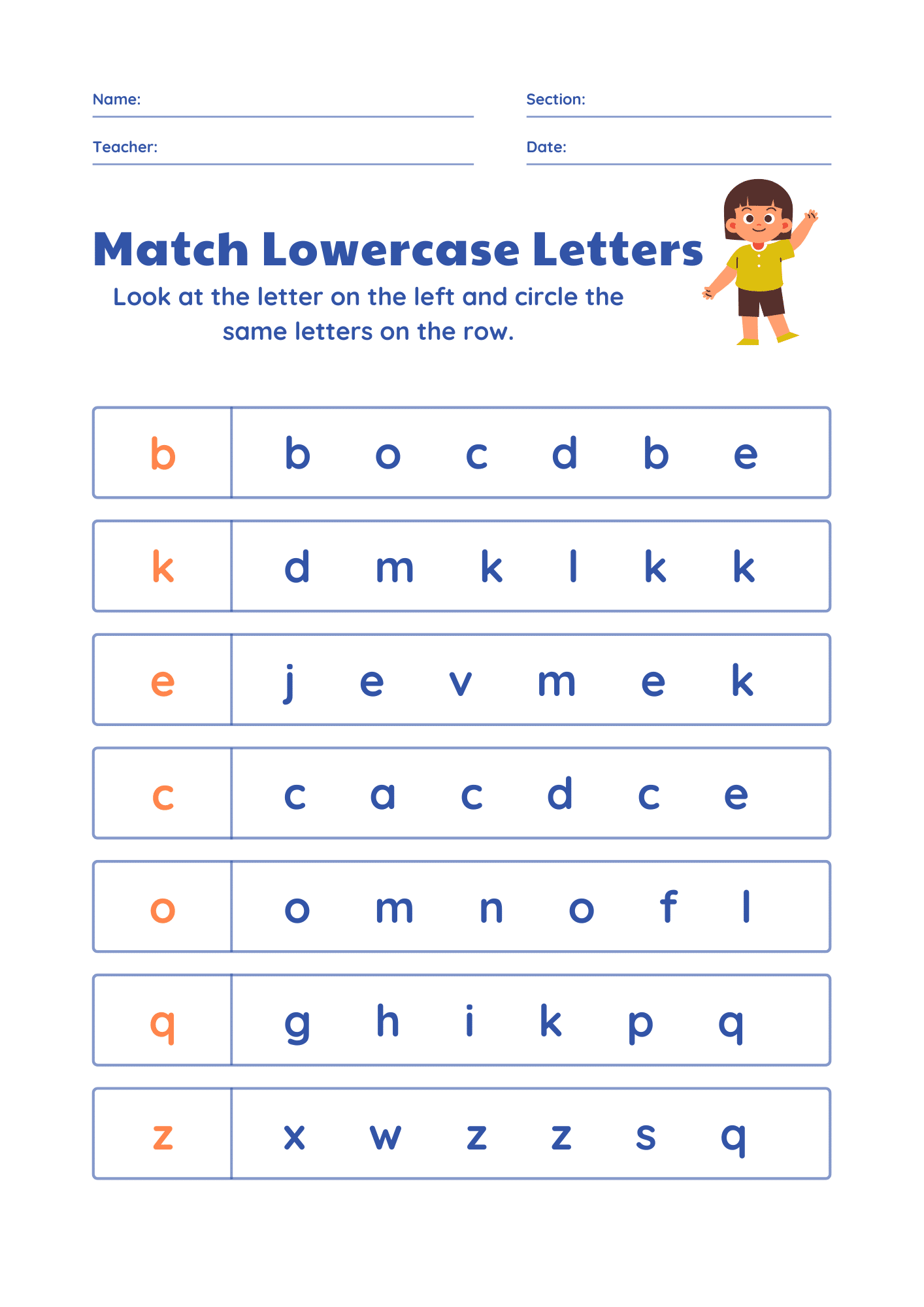
Focusing only on lowercase letters, this worksheet strengthens visual discrimination of smaller letter shapes. It’s ideal for learners who’ve mastered uppercase and are ready to dive deeper.
How to Play: Treat it like a secret code—can learners find and pair all the hidden lowercase letters before time runs out?
📎Download Match Lowercase Letters Worksheet (PDF)
7. Match Letters to Beginning Sounds
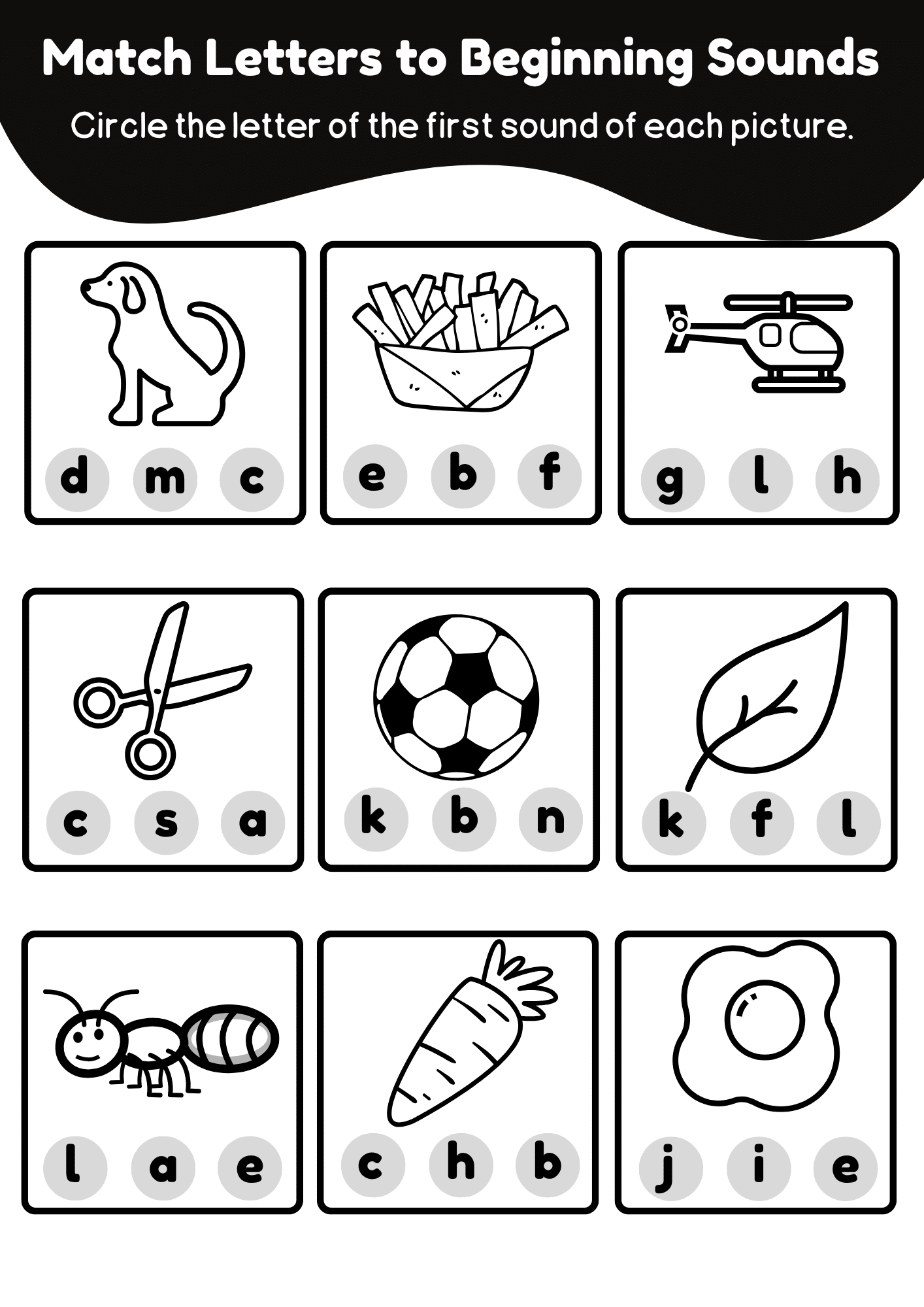
Children connect letters to images based on the sound the object begins with, such as B to Banana or M to Moon. It bridges the gap between visual letters and spoken sounds.
How to Play: Make it a scavenger hunt—kids “search” the pictures for their matching letter sounds. Great for classroom group play!
📎 Download Match Letters to Beginning Sounds Worksheet (PDF)
8. Alphabet Path Tracing & Match
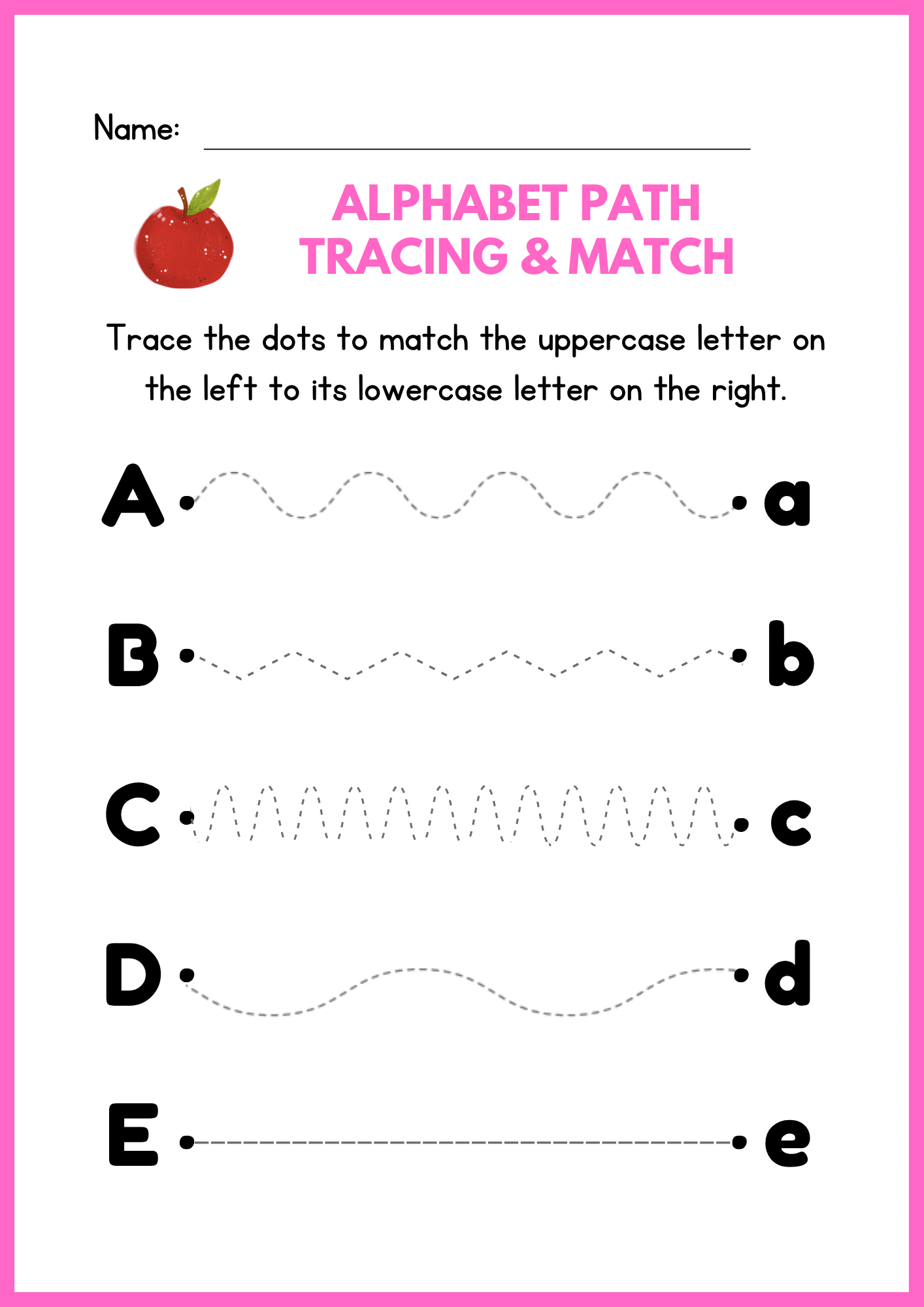
Kids trace a whimsical alphabet path, discovering and matching letters along the way. This worksheet helps improve letter formation, directionality, and sequencing.
How to Play: It’s a letter adventure! Ask learners to imagine they’re driving a letter car, stopping only at matching stations on the trail.
📎<Download Alphabet Path Tracing & Match Worksheet (PDF)
9. Match Letters to Letter Sounds
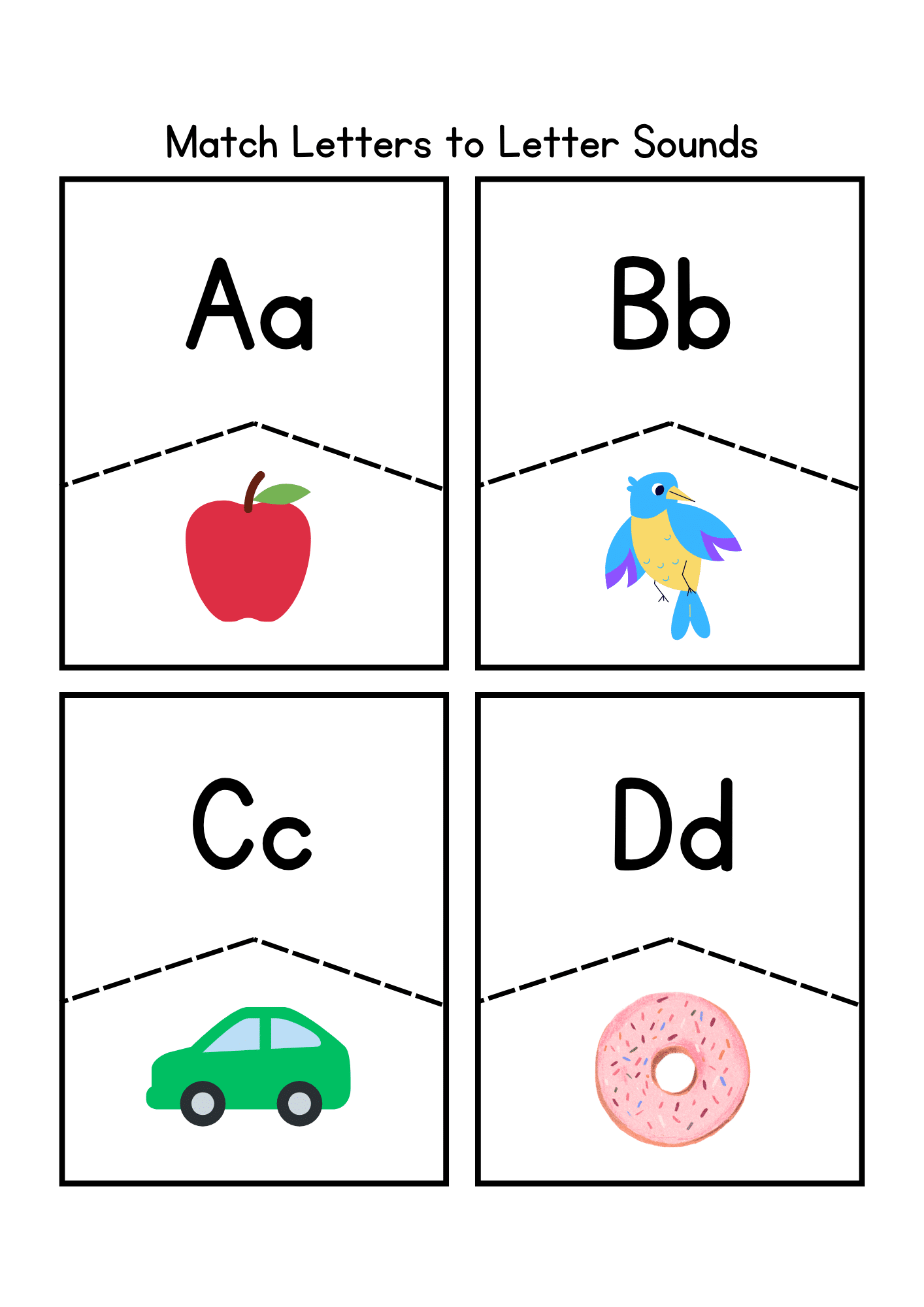
This worksheet helps children connect letters to sounds through pictures that illustrate common words (e.g., “A” with an apple, “B” with a ball, “C” with a cat). The goal is for children to match each letter with the sound it makes, building phonics skills.
How to Play: Let kids say the letter sound aloud as they match the letter with the corresponding picture, like “A says ‘ah’ like in apple!”
📎 Download Match Letters to Letter Sounds Worksheet (PDF)
10. Find and Match Hidden Letters
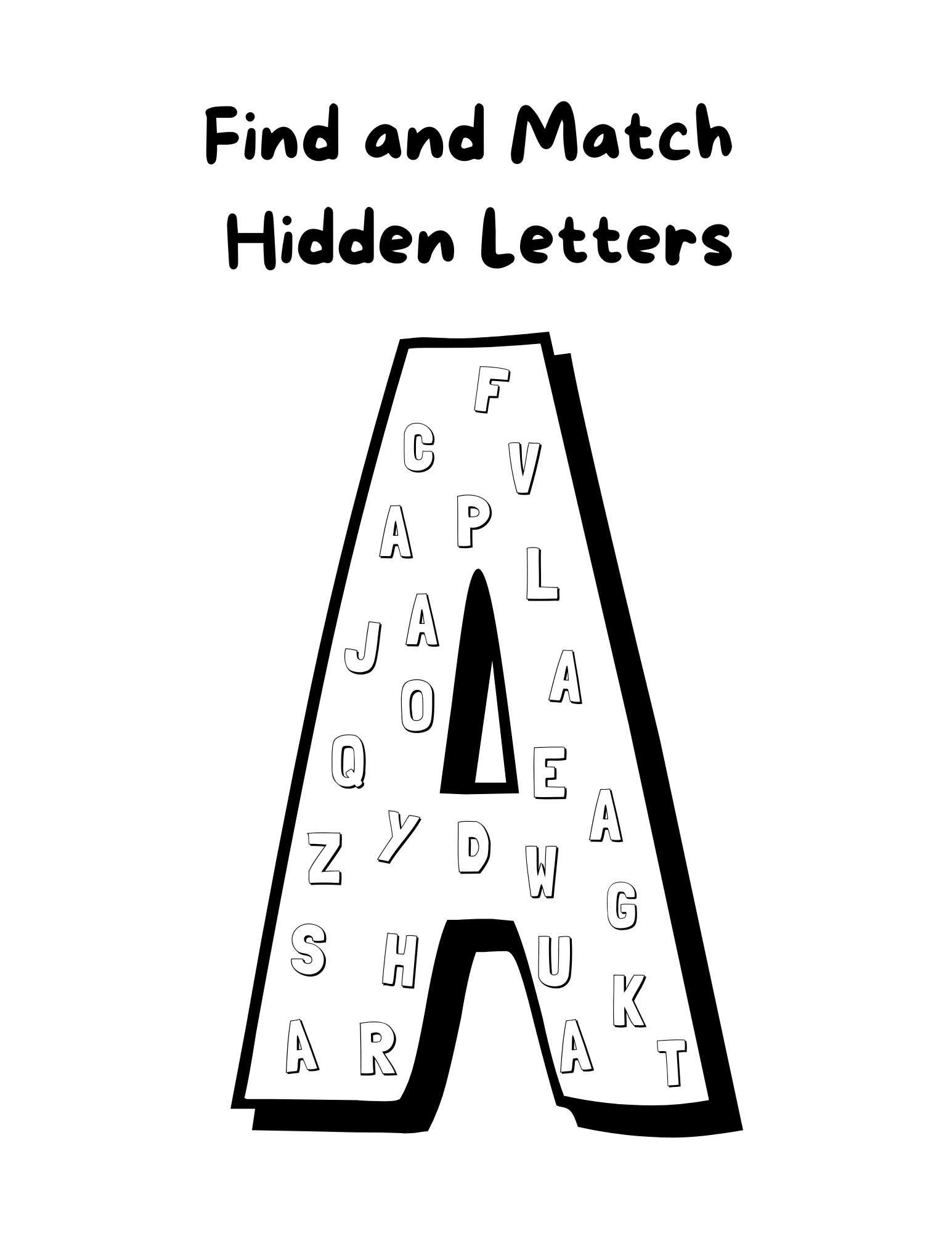
In this worksheet, children search a busy picture scene or letter maze to locate hidden letters and then match them to a provided letter list. It builds focus, letter recall, and visual tracking.
How to Play: Pretend they’re on a secret mission—can they find and match all the “hidden letter spies” before time runs out?
📎 Download Find and Match Hidden Letters Worksheet (PDF)
11. Match Letters with Color Code

Each letter is assigned a unique color, and kids match them by coloring or drawing lines accordingly—like red for A, blue for B. This reinforces memory through multisensory engagement.
How to Play: Turn it into a color quest—kids match the correct color to each letter and unlock a rainbow surprise at the end!
📎Download Match Letters with Color Code Worksheet (PDF)
12. Match Letters to Letter Trains
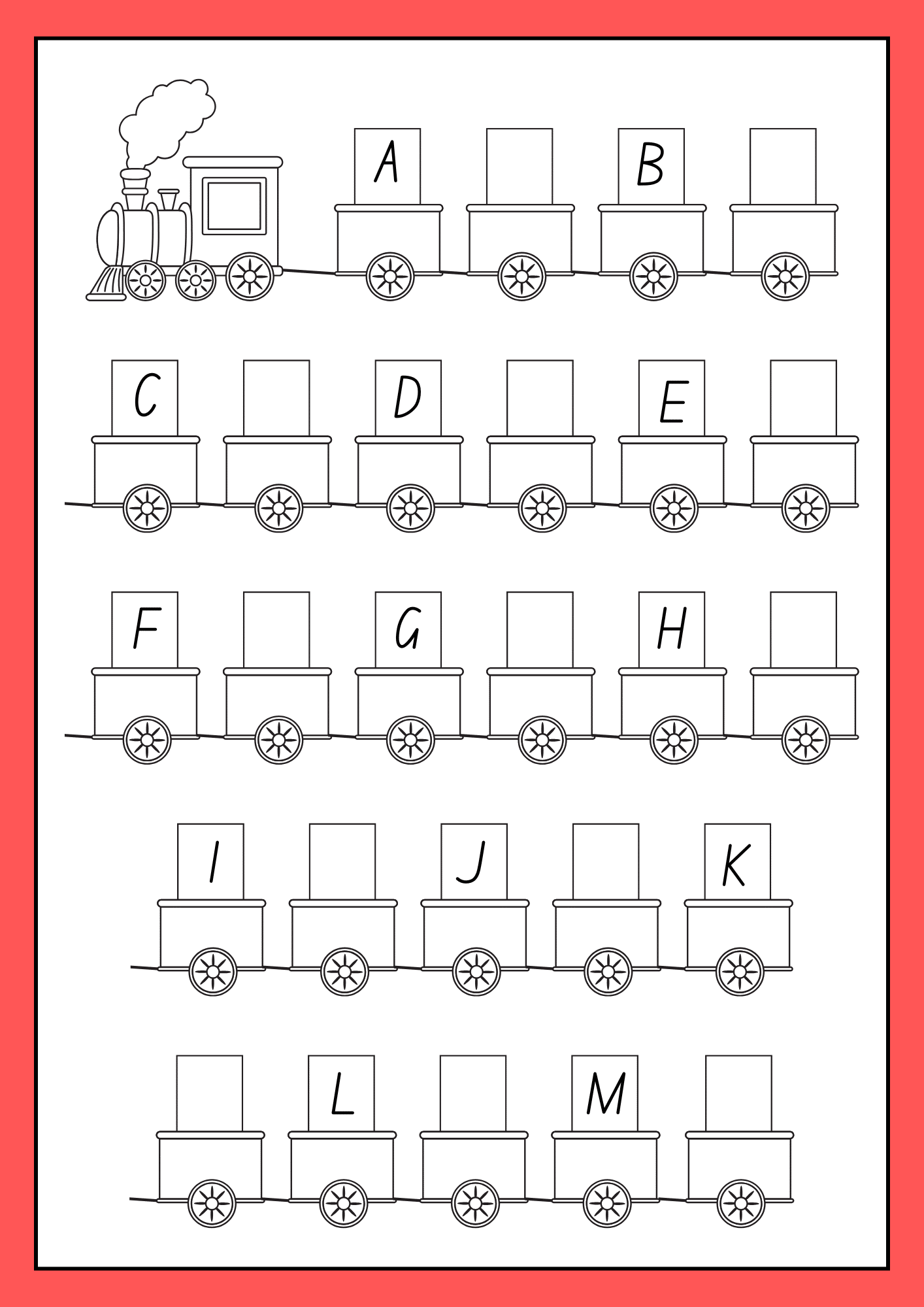
This worksheet features alphabet trains where each carriage needs its matching letter to be completed. Kids must pair letters correctly to help the train travel across the track.
How to Play: Let learners pretend they’re conductors—can they fill the train cars with the right letters before it leaves the station?
📎 Download Match Letters to Letter Trains Worksheet (PDF)
Wrap Up
Variety in matching letters worksheet designs keeps young learners excited about letter recognition.
When children work with different formats and themes, they build stronger visual processing skills that transfer to real reading situations.
This consistent exposure helps children master letter recognition without getting bored. Print several copies at once, or consider PDF bundles for easy access throughout the school year.


